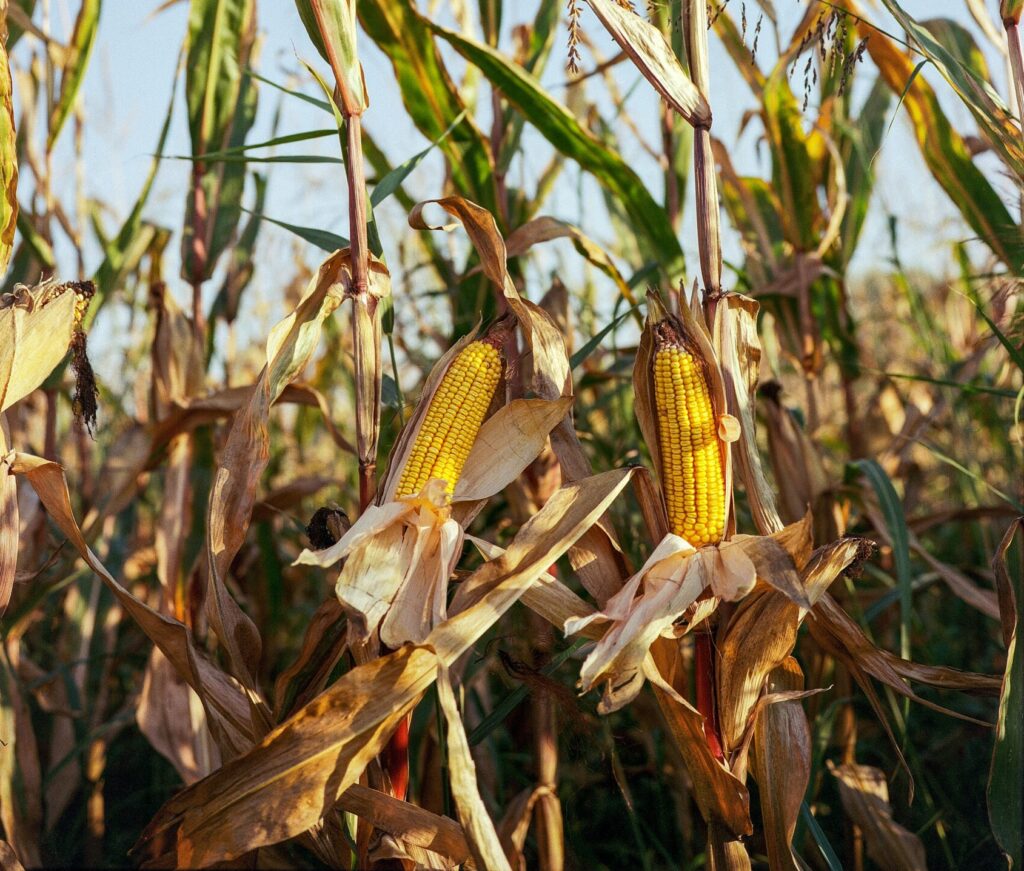Water management is essential in rice cultivation, as rice is one of the most water-intensive crops. Proper irrigation practices help ensure healthy crop growth, reduce water waste, and improve yields. Here’s an in-depth look at the techniques and best practices for effective water management in rice fields.
Importance of Water in Rice Cultivation
Rice is traditionally grown in flooded fields, which not only provides water but also controls weeds, minimizes pests, and promotes nutrient availability. However, with rising water scarcity, efficient water management has become crucial to sustain rice production while conserving resources.
Methods of Irrigation in Rice Fields
Several irrigation methods can be used in rice cultivation, depending on climate, water availability, and field size:
- Flood Irrigation: This is the traditional method where water is maintained at a shallow depth of 5-10 cm. It is effective in keeping weeds at bay and allows for consistent moisture, essential for rice growth. Flood irrigation requires careful management to prevent over-flooding and nutrient loss.
- Alternate Wetting and Drying (AWD): AWD is a water-saving technique where fields are allowed to dry out for a few days before re-flooding. This reduces water usage by up to 30% without compromising yield and helps improve root health and soil aeration.
- Drip Irrigation: Though less common for rice, drip irrigation can be adapted for specific conditions. It involves applying water directly to the root zone, reducing water waste and targeting moisture where it’s needed most.
- Sprinkler Irrigation: Sprinklers are sometimes used in upland rice areas where fields aren’t consistently flooded. This method conserves water and allows for better control over the irrigation process.
Water Management Techniques
- Field Leveling: A well-leveled field ensures even water distribution, which reduces areas of over-drying or over-flooding. Laser leveling is an advanced technique that can make a significant difference in large fields by ensuring water is distributed uniformly.
- Creating Drainage Channels: These channels prevent waterlogging, allowing excess water to drain efficiently. They are especially useful during heavy rainfall or in areas with poor drainage.
- Mulching: Applying a layer of organic mulch helps retain soil moisture and reduces the need for frequent irrigation, making it an effective technique in water-scarce areas.
- Controlling Water Depth: Regularly monitoring and adjusting water levels is crucial for rice growth. For instance, maintaining a consistent depth of about 5 cm during the vegetative stage and gradually reducing water during the ripening stage can enhance plant health and yield.
Benefits of Efficient Water Management
- Reduced Water Consumption: By optimizing irrigation and using water-saving techniques like AWD, farmers can lower water usage significantly.
- Enhanced Crop Health: Proper water management promotes root health and reduces plant stress, resulting in stronger crops and better yields.
- Improved Soil Conditions: Efficient water use helps avoid soil erosion, prevents nutrient loss, and maintains soil structure.
- Pest and Weed Control: Flooded fields create an environment that is less favorable for certain pests and weeds, helping reduce the need for chemical inputs.
Adapting to Climate Change with Water-Saving Practices
With increasing climate variability and water scarcity, adapting irrigation practices is essential. Water-efficient methods such as AWD, sprinkler systems, and field leveling not only reduce water usage but also allow rice farmers to be more resilient to unpredictable weather conditions.
Effective water management and irrigation are key to sustainable rice production. By choosing the right irrigation methods and adopting efficient water management practices, farmers can increase rice yields while conserving valuable water resources. Embracing these techniques can make rice farming more resilient, sustainable, and profitable.
















